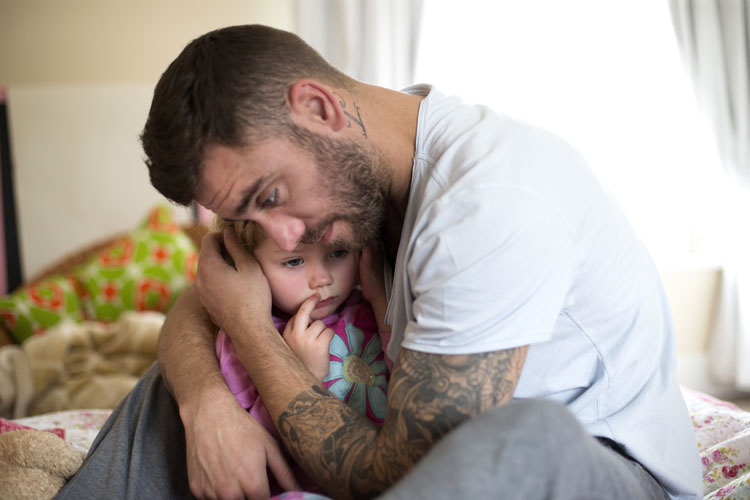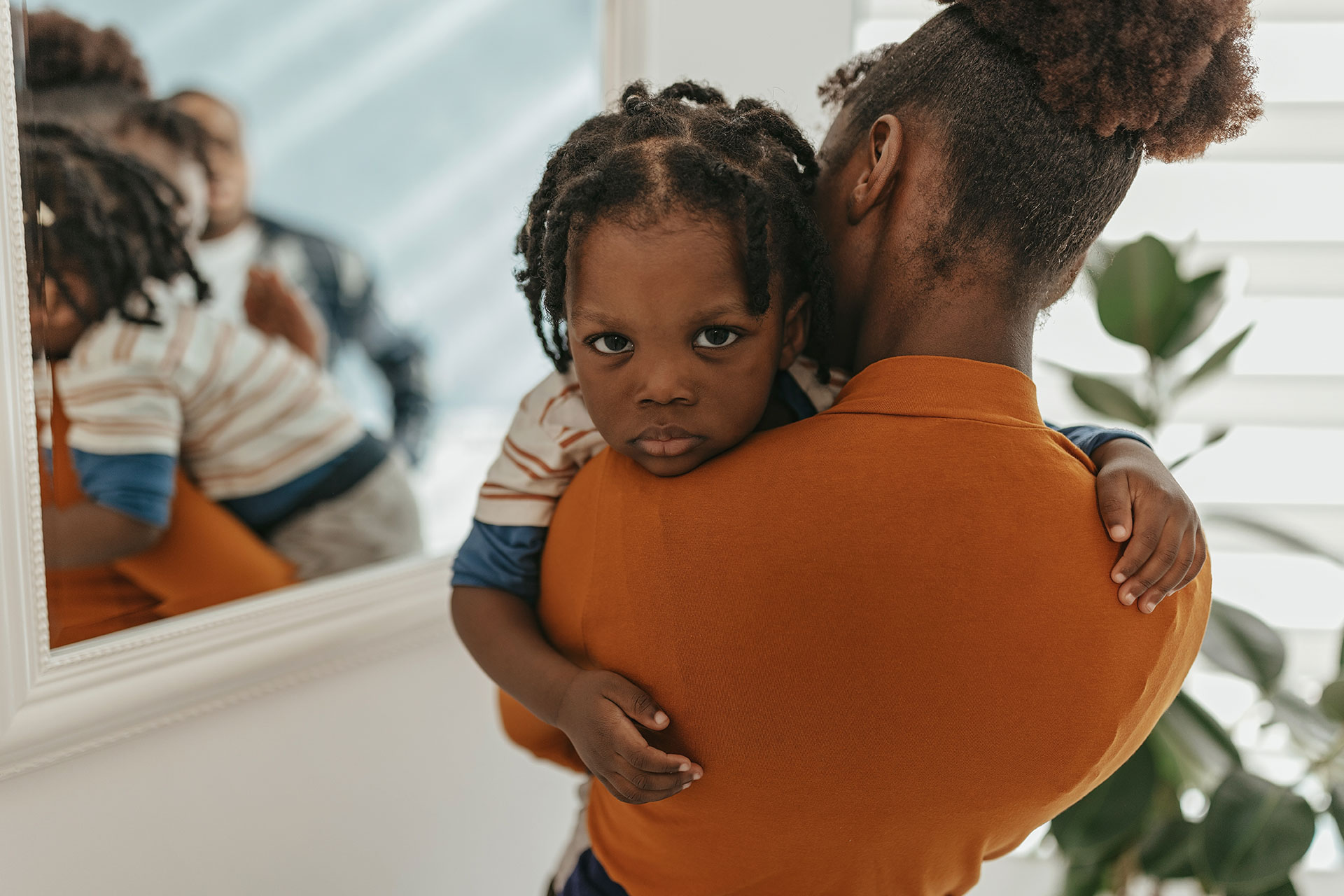Cuando tu bebé grita cada vez que sales de la habitación, se despierta frecuentemente por la noche o ahora llora cuando lo sostiene la abuela, a esto se le llama ansiedad por separación. Puede ser estresante, agotador y embarazoso, pero también es una etapa normal del desarrollo. Pero, ¿por qué ocurre esto?
Los niños aún no comprenden que cuando nos vamos, volveremos, lo que se llama permanencia del objeto. Tampoco tienen noción del tiempo, pero son más conscientes de su entorno y de las personas que son más frecuentes en sus vidas. Por eso, cuando se enfrentan a nuevas situaciones o se separan de ti, a menudo se vuelven más temerosos y ansiosos.
La ansiedad por separación puede manifestarse desde los 4 a los 6 meses, pero normalmente se observa alrededor de los 9 meses y alcanza su punto máximo entre los 10 y los 18 meses. Por lo general, desaparece hacia los 3 años de edad. Para algunos niños, la ansiedad por separación es leve y no dura mucho tiempo, pero para otros puede ser muy intensa y prolongada.
Los signos de ansiedad por separación pueden incluir:
- Lloran cuando te vas de la habitación y se detienen cuando te ven de nuevo o con un abrazo.
- Se aferran a ti en situaciones nuevas o desconocidas.
- Pueden llorar o negarse a ir con personas diferentes o nuevas. Esto puede incluir que elijan a una persona favorita y no quieran ir con nadie más, incluidos el papá, la abuela o el proveedor de cuidado infantil.
- Se despiertan con más frecuencia durante la noche y no quieren dormirse sin la presencia de alguno de sus padres.
Si bien no hay nada que prevenga o detenga rápidamente la ansiedad por separación, hay cosas que puedes hacer para ayudar. Tú y tu bebé aprenderán a superarlo a medida que desarrollen habilidades para lidiar con tu partida y otras situaciones nuevas más fácilmente.
Los bebés y los niños se sienten seguros con rutinas. Cuanto más repitas estos comportamientos y más constante seas, será más fácil que aprenda la rutina:
- Primero, asegúrate de que tu bebé se sienta seguro cuando esté molesto: abrázalo para tranquilizarlo y para hacerle saber que estás allí para él.
- Cuando presentes a tu hijo a una nueva situación o persona, dale tiempo para adaptarse y habla con él. Esto ayuda a mostrarle a tu hijo que está seguro.
- No te quedes demasiado tiempo al despedirlo en la guardería o cuando visitas la casa de un amigo o familiar. Dale un abrazo a tu hijo, dile cuándo volverás, despídete y luego vete. También puede ser útil que el cuidador distraiga a tu bebé con un juguete o actividad.
- Intenta programar las despedidas después de una comida o merienda y cuando tu hijo no esté demasiado cansado. Tener hambre y estar cansado puede empeorar la separación.


Recuerda, que lloren o incluso griten cuando te vas es normal, y la mayoría de los bebés y niños pequeños se calmarán rápidamente después de que te hayas ido. Pregunta a tu proveedor de cuidado infantil cómo se comporta tu hijo después de que te vas; esto puede ayudar a aliviar tus preocupaciones al escuchar que se comporta bien mientras estás ausente. Dicho esto, si tu hijo sigue estando extremadamente molesto o muestra pánico, tiene pesadillas o expresa miedo hacia una persona específica o se niega a quedarse con ella, NO IGNORES su comportamiento. Estos pueden ser indicios o señales de que necesitas más información. Habla con el proveedor de cuidado infantil y el proveedor de atención médica de tu bebé.
La ansiedad por separación es una etapa normal del desarrollo. Recuerda que tienes las herramientas para ayudar a tu hijo a aprender a lidiar con situaciones y personas nuevas, y a estar separado de ti.
